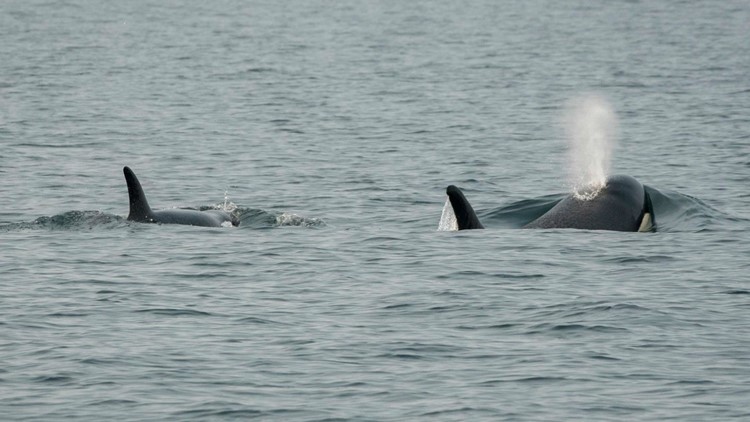A team of experts plans to administer another dose of antibiotic to the sick Southern Resident orca who lost 20 percent of her body mass and is malnourished.
The 3 ½-year-old orca identified as J50 – also known as Scarlet – was seen actively socializing with the rest of J Pod over the weekend. It is a hint that her condition may be improving, according to NOAA Fisheries.
However, a veterinary team believes another dose of antibiotic administered with a dart is necessary. Additionally, the team may try to administer de-wormer to reduce parasitic worms in the emaciated mammal. Parasitic worms were found in recently collected fecal samples.
"The worm is not usually a problem in healthy animals. But for animals that are emaciated or otherwise compromised, the parasite can penetrate the stomach lining, introducing bacterial infection to the bloodstream, or it can bore into internal organs," NOAA tweeted recently.
Attention turned to J50 after an orca calf born in the same pod died shortly after its birth. Its mother, J35, carried the carcass for weeks as it decomposed.
Southern Resident orcas face a number of dangers, including a lack of food, that threaten their already declining population. According to the Orca Network, there were only 75 left. Since 1998, approximately 40 have been born and survived.



